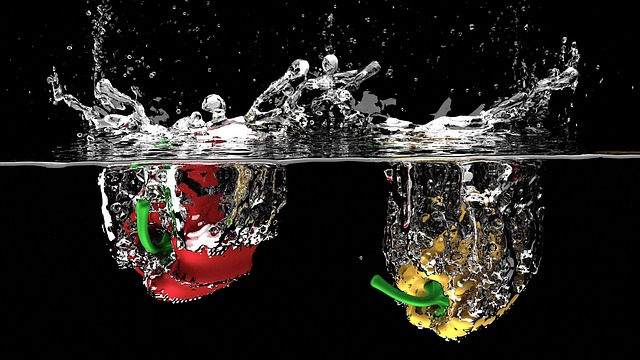Introduction
The tertiary structure of a protein refers to its three-dimensional arrangement, which is crucial for its proper function. Amino acids, the building blocks of proteins, play a significant role in determining the tertiary structure. This article will explore how amino acids affect the tertiary structure of a protein and the various factors that contribute to this process.
Amino Acid Side Chains and Interactions
The unique characteristics of amino acid side chains influence the tertiary structure of a protein. Side chains can be hydrophobic, hydrophilic, or charged, and they interact with each other and the surrounding environment. Hydrophobic amino acids tend to cluster together in the protein’s core, away from the aqueous environment, while hydrophilic and charged amino acids are found on the protein’s surface, interacting with water molecules.
These interactions between amino acid side chains contribute to the folding and stabilization of the protein’s tertiary structure. Hydrophobic interactions, where nonpolar side chains come together to minimize contact with water, are particularly important in protein folding. Additionally, hydrogen bonds, electrostatic interactions, and disulfide bonds formed between specific amino acid side chains further stabilize the tertiary structure.
Secondary Structure Elements and Amino Acid Composition
The secondary structure elements, such as alpha helices and beta sheets, are formed by the repetitive folding patterns of the protein chain. The amino acid composition of a protein influences the propensity for these secondary structure elements to form. For example, amino acids with small side chains, such as glycine and alanine, are often found in alpha helices due to their ability to fit into the helical structure. On the other hand, amino acids with bulky side chains, such as tryptophan and tyrosine, are more commonly found in beta sheets.
The distribution and arrangement of these secondary structure elements then contribute to the overall tertiary structure of the protein. The specific amino acid sequence determines the folding pattern and the spatial arrangement of these secondary structure elements, ultimately defining the protein’s three-dimensional shape.
Protein Folding and Chaperones
The process of protein folding, where a linear chain of amino acids assumes its functional three-dimensional structure, is complex and prone to errors. To ensure proper folding, cells employ specialized proteins called chaperones. Chaperones assist in the folding process by preventing misfolding, promoting correct folding, and aiding in the removal of misfolded proteins.
Amino acids play a crucial role in the protein folding process. The hydrophobic interactions between nonpolar amino acid side chains drive the folding process, while other interactions, such as hydrogen bonds and electrostatic interactions, help stabilize the intermediate folding states. The correct arrangement of amino acids is essential for the protein to fold into its native conformation, and any errors in this process can lead to protein misfolding and associated diseases.
Conclusion
In conclusion, amino acids significantly influence the tertiary structure of a protein. The unique characteristics of amino acid side chains, such as hydrophobicity, hydrophilicity, and charge, dictate their interactions with each other and the surrounding environment. These interactions, along with the amino acid composition and sequence, determine the folding pattern, secondary structure elements, and overall three-dimensional shape of the protein. Understanding the role of amino acids in protein folding and tertiary structure is crucial for unraveling the complexities of protein function and designing therapeutic interventions.
References
– Alberts, B., Johnson, A., Lewis, J., Raff, M., Roberts, K., & Walter, P. (2002). Molecular Biology of the Cell. Garland Science.
– Berg, J. M., Tymoczko, J. L., & Gatto, G. J. (2015). Stryer’s Biochemistry. W.H. Freeman and Company.
– Nelson, D. L., Cox, M. M. (2017). Lehninger Principles of Biochemistry. W.H. Freeman and Company.













